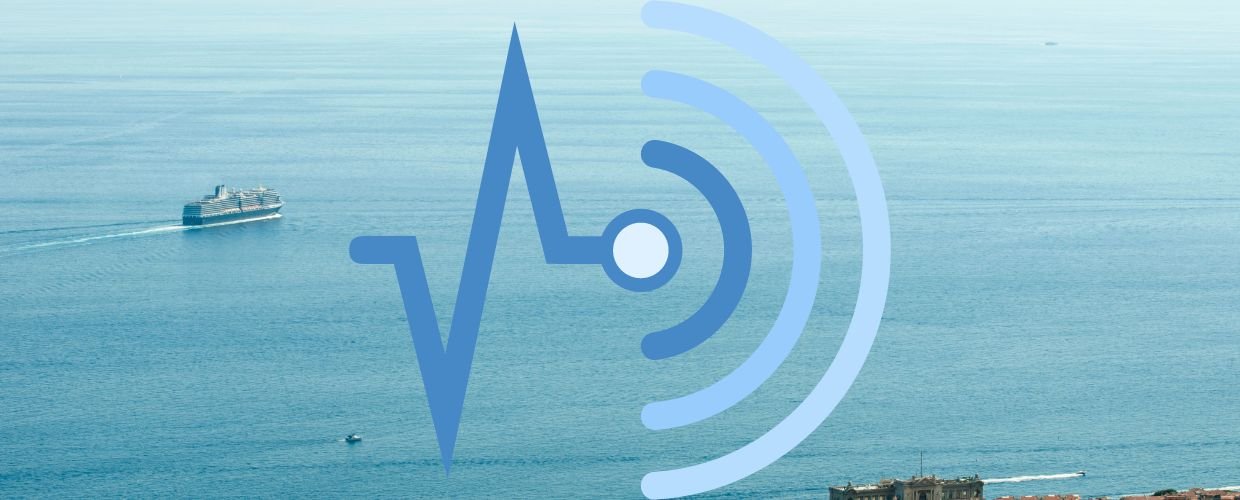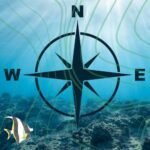Oceanographic sensors, often unseen and unsung, are the unsung heroes of marine science and exploration. These remarkable instruments play a pivotal role in unraveling the ocean’s mysteries, providing real-time data on various parameters that help scientists and researchers better understand Earth’s largest and least-explored ecosystem. In this comprehensive exploration, we will dive into the world of oceanographic sensors, shedding light on their various types, applications, and crucial contributions to our ocean knowledge.
The Significance of Oceanographic Sensors
The significance of oceanographic sensors extends far beyond their unassuming appearance. These tools are vital for comprehending the ocean’s role in regulating our climate, supporting marine life, and impacting coastal communities.
Climate Regulation
Oceanographic sensors collect data on various ocean parameters, such as temperature, salinity, and currents. This information is essential for understanding the ocean’s role in regulating the Earth’s climate. The ocean acts as a massive heat sink, absorbing and distributing heat, which helps stabilize global temperatures and weather patterns.
Marine Ecosystems
Oceanographic sensors provide critical insights into the health and dynamics of marine ecosystems. By measuring parameters like nutrient levels, chlorophyll concentrations, and pH, researchers can assess the condition of ocean habitats, track harmful algal blooms, and study the distribution of marine species.
Disaster Mitigation
These sensors also play a role in disaster mitigation by monitoring oceanographic conditions that can lead to natural disasters such as tsunamis and hurricanes. Early warning systems rely on data from these instruments to provide timely alerts to coastal communities, saving lives and reducing property damage.
Types of Oceanographic Sensors
Oceanographic sensors come in various types, each designed to measure specific parameters and withstand the harsh conditions of the marine environment.
CTD Sensors
The most commonly used oceanographic instruments are conductivity, temperature, and depth (CTD) sensors. They measure the seawater’s conductivity (salinity), temperature, and depth. CTD sensors are mounted on profiling systems, known as CTD rosettes, which are lowered into the ocean to collect vertical profiles of these parameters. These sensors provide essential data for understanding ocean circulation patterns, which drive climate systems and influence weather patterns worldwide.
Acoustic Sensors
Acoustic sensors, including sonar systems and echosounders, use sound waves to measure various properties of the ocean. They are vital for mapping the seafloor, studying marine life, and detecting underwater objects. Multibeam echosounders, for example, use sonar technology to create detailed maps of the seafloor’s topography. These maps are critical for understanding the geological features of the ocean floor and locating potential areas of interest for research and exploration.
Optical Sensors
Optical sensors, such as fluorometers and spectrophotometers, measure the optical properties of seawater. They assess the concentration of phytoplankton, dissolved organic matter, and other substances that affect water clarity and quality. These sensors play a crucial role in monitoring marine ecosystems’ health, as water quality changes can impact the distribution and abundance of marine species. Fluorometers, for example, are widely used to measure chlorophyll concentrations, providing insights into primary productivity and phytoplankton blooms.
Moored Sensors
Moored sensors are anchored to the seafloor or suspended in the water column by buoys or floats. They continuously collect parameters like temperature, salinity, and currents over extended periods, providing valuable time-series data for research and monitoring. Moored sensors are essential for long-term studies of oceanographic processes and climate change. They allow scientists to track seasonal variations, El Niño events, and other long-term trends in ocean conditions.
Applications of Oceanographic Sensors
Oceanographic sensors find applications across various fields, from marine research to environmental monitoring and industrial operations.
Marine Research
In marine research, oceanographic sensors are used to study ocean dynamics, track the movement of marine species, and investigate the impacts of climate change on the ocean. Researchers rely on these instruments to collect precise data that forms the basis of scientific discoveries. For example, oceanographic sensors are crucial for studying the migration patterns of marine animals, such as whales and sea turtles. Researchers can gather data on their behavior, habitat use, and responses to environmental changes by attaching sensors to these animals.
Environmental Monitoring
Environmental agencies use oceanographic sensors to monitor water quality, track pollution sources, and assess the health of coastal ecosystems. These sensors help identify areas of concern and support conservation efforts. Water quality sensors are widely used in coastal monitoring programs to assess the health of estuaries, bays, and coastal waters. These sensors measure parameters like dissolved oxygen, turbidity, and nutrient concentrations, providing insights into the condition of aquatic ecosystems and the potential for harmful algal blooms.
Offshore Industry
The offshore oil and gas industry relies on oceanographic sensors to monitor conditions in deep-sea drilling operations. These sensors ensure the safety of personnel and equipment by providing real-time data on sea conditions and seabed stability. For example, motion sensors are used to monitor the movement of offshore platforms and vessels, helping operators respond to changing sea conditions and avoid accidents. These sensors are essential for preventing disasters like oil spills and ensuring the safe and efficient extraction of marine resources.
Navigation and Transportation
Shipping companies and maritime authorities use oceanographic sensors to provide navigational support, particularly in areas prone to adverse weather conditions or navigational hazards. These sensors aid in safe and efficient maritime transportation. For example, wave sensors provide data on sea conditions, helping ships navigate rough seas and avoid dangerous waves. Similarly, current sensors help vessels plan their routes and optimize fuel efficiency by exploiting ocean currents.
Future Trends and Innovations
The field of oceanographic sensors continues to evolve, with ongoing innovations and advancements that promise to enhance our understanding of the ocean.
Miniaturization and Autonomous Systems
Miniaturization and the development of autonomous sensor systems enable deploying sensors in more remote and challenging ocean environments. These systems can operate for extended periods, collect vast amounts of data, and transmit real-time information. For example, autonomous underwater vehicles (AUVs) equipped with miniaturized sensors can explore deep-sea hydrothermal vents, collect samples, and transmit data to researchers on the surface.
Integration of Artificial Intelligence
Integrating artificial intelligence and machine learning into oceanographic sensors allows more efficient data processing and interpretation. These technologies can identify patterns and anomalies in the data, enabling faster and more accurate decision-making. For example, AI algorithms can analyze sensor data to detect unusual changes in water quality, such as the presence of pollutants or the onset of harmful algal blooms.
Improved Sensor Calibration
Calibration techniques for oceanographic sensors are continually improving, leading to more accurate and reliable measurements. Ensuring the quality of data collected and the validity of research findings is crucial. For example, advances in sensor calibration have made it possible to measure extremely low concentrations of trace elements and nutrients in seawater.
Conclusion
Oceanographic sensors are the unsung heroes of ocean exploration, providing us with the essential data needed to unravel the secrets of the deep. Their significance in understanding climate regulation, marine ecosystems, and disaster mitigation cannot be overstated.
As technology advances, these sensors will play an increasingly pivotal role in addressing our oceans’ challenges, from climate change to environmental conservation. Oceanographic sensors represent our window into the abyss, allowing us to explore and protect one of the Earth’s most vital and mysterious realms.












